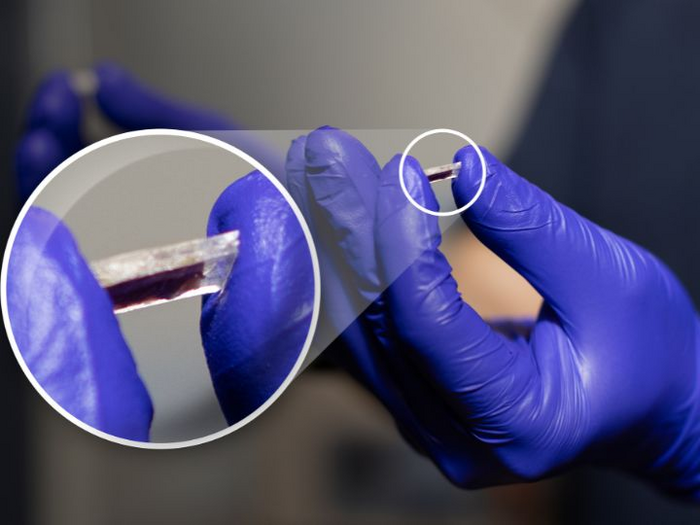Purchasing a sports car is an exciting moment and all anybody wants to do after getting their car is take it for a test drive on the open road. However, sports cars are no cheap investment and the last thing anybody needs is for their vehicle to break down on them sooner than normal because they didn’t care for it properly.
Before ever taking your new sports car onto the road, ensure you have all the necessary protections in place. However, protecting a vehicle doesn’t just end after the initial purchase. Keeping your sports car running at peak level means learning how to care for it throughout its entire life.
The Importance of Preventive Maintenance for Your Sports Car
No matter how well-designed a sports car may be, all parts break down eventually. This inevitable event can be expensive for sports cars in particular, as many parts used in the construction of the vehicle are custom designed for that model. By engaging in simple preventative maintenance strategies, a person can extend the time before parts under the hood start to deteriorate.
What is Preventative Maintenance?
In some cases, preventative maintenance may be called a car tune-up, and will comprise of the check-up and replacement for several wear and tear parts including:
- Air filter replacement
- Fuel filter replacement
- Oxygen sensor replacement
- Spark plug inspection
- Transmission fluid change
- Coolant-system flush
The above are just a few examples of what preventative maintenance may cover. Simple oil changes or tire rotations all fall under preventative maintenance as well. While scheduling time to take your vehicle in can be a headache, seeing your car fall apart before your very eyes will be far more frustrating.
How to Build a Preventative Maintenance Schedule
Most vehicle’s come with a recommended service interval schedule for all major parts. This can typically be found in the owner’s manual of the vehicle. You should handle preventative maintenance at regular service intervals, but you should also conduct smaller maintenance tasks on a more regular basis.
Plan to take your vehicle into the shop for inspection at the start of each new season, as seasonal maintenance will require certain specific tasks to be completed.
Staying Covered with Warranty and Insurance
Having both an effective sports car warranty and sports car insurance policy will provide protection against accidents and unknown incidents that could cause spur-of-the-moment damage to your vehicle.
What is an Extended Warranty?
Most people are familiar with factory warranty and the protection it provides against mechanical wear and tear or breakdown. However, a sports car owner can also choose to invest in an extended warranty that will give extra protection. Kicking in after the factory warranty ends, or sometimes used to fill the gaps of the factory warranty, an extended warranty will offer breakdown protection for a small monthly cost to keep the plan active.
There are two main forms of extended warranty that a person can choose from:
- Powertrain Warranty: This form of warranty is a promise by the issuer to fix parts of the powertrain that may arise, including components such as the engine and transmission.
- Bumper-to-Bumper Warranty: A bumper-to-bumper contract is typically as close as one can get to manufacturer-level coverage and offers protection against nearly anything that impacts parts between the front and back bumper. This comprehensive coverage often doesn’t cover the bumpers themselves.
What is Car Insurance?
Secondly, having an effective car insurance policy active at all times is incredibly important. Not only is it required by law in most U.S. states, but an insurance policy is also just a beneficial protection item to have against the unknown. Simply put, car insurance offers coverage against damage resulting from accidents if you’re liable or from incidents beyond your control, such as theft or a falling tree.
With only an average insurance premium of $148 per month, or $1,771 per year, a driver can stay protected on the road from nearly anything. There are a number of different variations of car insurance going beyond the basic policy required by law, including:
- Liability Coverage: This form helps to pay for costs related to injuries or vehicle damage that may have occurred during an accident.
- Uninsured Motorist Coverage: This level of coverage pays for damages or injuries that you sustained when an uninsured driver hit you
- Comprehensive Coverage: Comprehensive insurance coverage protects you from events out of your control, such as damage resulting from a disaster.
- Collision Coverage: If involved in an accident with another vehicle or an object, this form of coverage will help pay for repairs or a vehicle replacement
- Medical Payments Coverage: If medical expenses resulting from an accident, this form of coverage will help cover associated costs such as hospital visits or surgery
- Personal Injury Protection Coverage: PIP helps pay medical expenses after an accident but may also cover losses sustained as a result of those injuries, such as lost income.
The Difference Between Warranty and Insurance
The biggest difference between a warranty and insurance is that warranties do not cover breakdowns resulting from an accident, simply wear and tear. This is why combining a warranty package with an insurance policy can help you double down on your protection on the road.
General Tips for Keeping Your Sports Car Fresh
Beyond all of the above, there are some general tips to follow that can help keep your sports car running smoothly:
- Don’t neglect visiting the car wash
- Keep an air freshener in your car at all times
- Shake out floor mats to reduce interior dirt
- Use spill-proof cups to avoid an accident
- Vacuum the interior regularly
Invest in protection for your vehicle
Sports cars are not cheap and protecting your investment means taking preventative action. By combining an effective warranty with top-of-the-line insurance, you can gain coverage against the unknown. Additionally, going further by handling preventative maintenance to keep all parts under the hood working properly will only serve to benefit your vehicle in the long run. Don’t skip out on taking care of your next vehicle.







